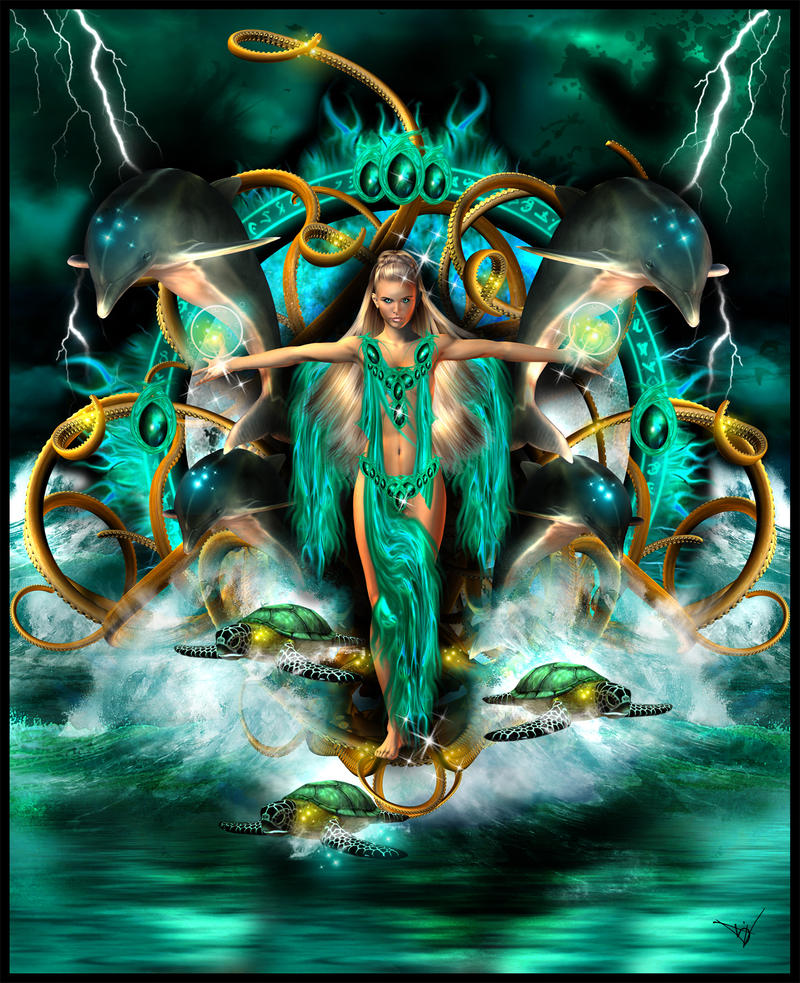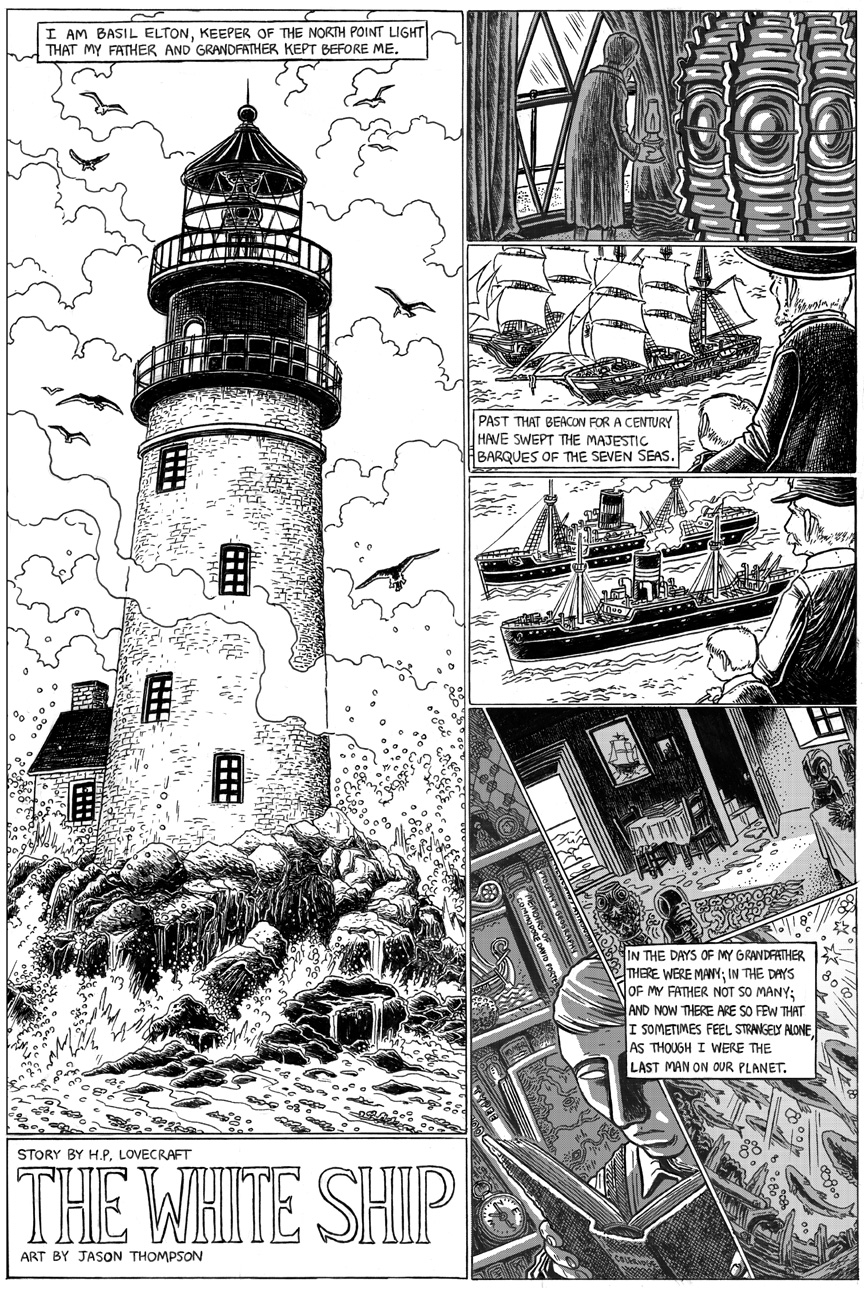This post started off as a review of Ash Law's
article Eidolons for 13th Age
Monthly. Since then it's expanded into much more, though I still
intend to give my thoughts about Ash's article. The article expanded because as
I was printing Eidolons, I wondered,
"What exactly is an eidolon, anyway?" And so my research began.
Fortunately, I was researching for a blog post instead of a scholarly article,
so it was more important that my quest yielded ideas than that it be
comprehensive. In fact, it need not even be correct, though I believe that it
is.
For a completely unsurprising first
step, I visited the Wikipedia page on
eidolons. The term comes from a Greek word meaning
image, idol, double, apparition, phantom, or ghost. Specifically, in Greek
history it was the visible but incorporeal spirit of a person, either living or
dead.
Eidola (the other plural) exist both for
the living and the dead. In fact, they seem to be very akin to souls. Wikipedia
gives a great bit contrasting the eidolon as housing a person's psyche after
death (Homer) against the eidolon as a vessel for kleos, an individual's
honor or glory. Kleos did not decay, so it was the best type of fame. It also
passed down to children, both actual ones and your ideas and inventions. Since the ancient Greeks believed that
a man's spirit lived on through his reputation and his mark on history, the two
ideas aren't mutually exclusive.
 |
| Symbol of the Theosophical Society |
The Theosophists
believed the eidolon was a person's astral body. This fits in nicely with the
Greek concepts but by extension means that the body couldn't be active while
the eidolon was away. That seems to clash with the idea of Helen of Troy's
eidolon being in Troy while she was physically living in Egypt the whole time.
(I'm going to ask y'all to rely on Wikipedia here. I do not have time to read The Odyssey and The
Iliad to double check this.) From a game perspective, I like both the idea
of the separate spirit and the person's consciousness being active while the
consciousness is also active in the physical body. It makes for better stories.
So the eidolon is kind of like the you that you are when you are having a
daydream.
But there is so much more! I'll spare
you a list of all the eidolon references from the Wikipedia post, but there are
several in literature as well as games. In Pathfinder, Wikipedia refers
to the eidolon as "a golem-like animated statue brought to life by a shard
of divine energy." I'm no fan
of Pathfinder's summoner
class, but this doesn't sound like the original or the unchained
version to me.
 |
| H.D.'s Papers hosted by Beinecke Library. Hosted on flickr. |
I said that I wasn't going to list all
the literary and historical mentions of eidola, but I would like to discuss a
couple of them. First, H.D.'s (Hilda Doolittle,
who apparently went by her initials but also needs to be identified in full so
effectively is just double mentioned all the time) epic poem has a section
called Eidolon. The poem is Helen in Egypt.
My tablet's listing it as 91 pages long, so I only read Book
III, Section 4, which is called Eidolon.
It's about the figurehead on Achilles'
ship, which was carved in the form of a mermaid to represent his mother,
Thetis. H.D. asks:
had she been cut from an awkward block
of ship-wood at the ship-builders,
and afterwards riveted there
or had the prow itself been shaped
to her mermaid body,
This can be interpreted as the eidolon
spirit being somehow separate from the ship. One interpretation is that the
eidolon was "riveted" to the vessel as a final piece of
ornamentation. But, another, cooler interpretation is that the spirit was
somehow placed/trapped in the piece of wood that would become the boat's figurehead
and that the ship was built up and around it. Imagine if all ships came with a
bound spirit? What would that spirit be like? Would it be a bound person or
mermaid or a portion of a greater idea--like a portion of the spirit of the
ocean or of a forest or of a country from whence the wood was cut. Maybe
building a ship is an evil act and the figureheads take on the form of dryads
that are bound to the wood. If the god of sailors/sea travel/the ocean is evil,
this is a great way to incentivize land travel. Sea travel might be fast, but
it's unsafe. Or, if it's safe, it's only through the use of the bound dryad
spirits, so merely traveling by ship is an evil act.
 |
| Thetis. (c) 2008-2015 by Quicksilverfury Hosted at Deviantart.com |
After speaking to the mermaid’s
form, H.D. asks, "Did anyone touch her ever?" Touch is being used
here in a metaphorical sense, but it's still open to ambiguity. If touch is
being used to indicate sexual intercourse, it implies that the spirit
imprisoned must come from a virgin. That's all fine and good for vampires and
traditional hero stories but I don't think that's how H.D. is using touch here.
Instead, it makes sense if touch refers to establishing a sympathetic emotional
response, as in "Her story touched my heart." Thetis, who the mermaid
is carved to resemble, was an ocean goddess. The ocean is often portrayed as
being uncaring.
But maybe the ocean can learn to care.
From a benevolent perspective, the bound spirits could be a portion of the
ocean that ties the ship to the ocean itself. Perhaps ship-builders are priests
of the ocean goddess and preside over the binding process. Want a quest for an
artifact? The priests of Country A can bind ocean spirits into their ships as a
sign that their people are favored of the ocean goddess. The PCs are from
Country B, which will soon go to war with Country A. The PCs are tasked with
stealing the artifact from the temple in Country A's capital to even the score.
Maybe the artifact can be redeemed to bless Country A's ships after a quest is
fulfilled. Maybe the artifact isn't in Country A's capital city but instead
rests at a nigh-inaccessible shrine on an island near the edge of the World's
Ocean and blesses the country of the last person to successfully pass its test.
Country A's ocean dominance comes from being the last to visit the shrine.
Plus, this also allows for a sea full of the spirits of those who died
searching for the island floating within it and emitting phosphorescent green
light and I like that image. Maybe all three: the artifact has rests in the
temple in Country A's capital city, but it can only be reconfigured by taking
it to the distant island shrine. Of course, no one knows where the map to that
island shrine is located anymore, so the PCs will need to find that as well.
And, I've drafted an Adventure Path outline...the poem mentions a 'girdle of
sea-weed,' and that sounds like a cool magical binding agent to me.
Maybe the ocean does have feelings: feelings
of rage. Part of its spirit is trapped within the figurehead and cannot escape.
Can these ocean spirits come to have Stockholm Syndrome? Maybe by properly caring for the ship,
sailors transform a part of the heartless ocean into an ally. Really, the
possibilities for a nautical eidolon are endless.
 |
| Jason Thompson has created a web comic version of The White Ship. You can read the whole thing online at http://mockman.com/2011/01/24/the-white-ship-page-1/. |
The other source for eidolon inspiration
is H.P. Lovecraft's
The White Ship. It's only seven pages long and, being
out of copyright, there are free versions everywhere. It was originally
published in The United
Amateur (Vol. 19) No. 2 in 1919. In the story, our narrator
cares for an aging lighthouse and used to receive glimpses of the ways beyond,
the ways beneath, the ways that were, and the ways that might be. A bearded
captain sailing a white ship takes the narrator on a long ocean voyage to visit
several lands (it's all part of a larger metaphor about self-knowledge, but
that's for another time).
 |
| Thalarion is a *rough* place! (c) Jason Thompson Hosted at mockman.com |
The second of those lands is "Thalarion,
the City of a Thousand Wonders, wherein reside all those mysteries that man has
striven in vain to fathom." We don't learn much about Thalarion (because
it's a metaphor for what we don't know and therefore it tautologically
unknowable). Lovecraft tells us that it's huge carven (I originally read this
as 'craven,' which puts a whole other spin on the story) gate is called
Akariel, its populated by daemons and mad things, it's ruled over by the
Eidolon Lathi, and the streets are white with the unburied bones of those who
looked upon Lathi. Is Lathi forbidden knowledge? Lovecraft was definitely a fan
of the trope that there were some things humans were just not meant to know.
This is a good way of covering that ground. There are lots of things that man does
not know (maybe they escape as we learn about them? Maybe Lathi's legions trade
them for [insert weird thing Lathi wants here] and we learn them?) but the
things the humans don't know are ruled over by those things that can never
leave Thalarion, the things that humans were not even meant to know.
Eidolons could be ephemera of
unobtainable knowledge. They could be the reflections of reflections of
reflections of the sounds of humans uttering the profane words. They could be
the spirits of the profane words themselves, wandering the universe in hopes
that someone will speak them again. There's fascinating information out there
about eidola. Just plumbing two literary sources brought out a wealth of ideas.
Walt Whitman also has a poem called Eidolon. Does anyone else get ideas
from there or elsewhere?

No comments:
Post a Comment